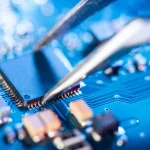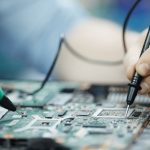Important Hardware Frameworks for the IoT
The term “Internet of Things” (IoT) is no longer considered trendy. Every day brings new examples of how the technology may be put to good use, and as a result, more and more companies are beginning to see its potential for driving their own expansion. By 2020, Gartner predicts, 95 percent of all new devices and systems will make use of the IoT. This is a significant increase from the current 5 percent. We have previously constructed many Do It Yourself (DIY) projects based on the Internet of Things and covered some of the more well-known IoT gadgets now on the market.
Some companies are using IoT to implement immediate business solutions, while others are capitalizing on the market for IoT infrastructure in order to speed up the creation and implementation of new IoT applications. Today, we’ll examine a few of these platforms that have emerged as essential building blocks for the creation of IoT solutions.
It’s important to note that different IoT platforms serve different purposes; some, like Particle.io, provide an end-to-end solution for IoT development, while others, like SigFox, focus on providing solutions along specific verticals (such as connectivity). In this first of a series of articles, we’ll introduce a small selection of the many available IoT hardware development platforms and then proceed to analyze some of them.
IoT Hardware Development Platforms
Platforms are the backbone upon which the “things” of the Internet of Things are built.It could be used to describe components like communication modules, microcontrollers, and system-on-chip modules (SoC) that have desirable features for usage in creating IoT devices. The following list is not arranged in any particular fashion and is certainly not comprehensive, as there are likely more development platforms than can be named, but it does include some of the more extensive, most maker-friendly systems.
1. Particle.io
When it comes to Internet of Things (IoT) platforms, Particle.io is among the best. It’s an IoT hardware development platform, connectivity, device cloud, and app store all rolled into one convenient io platform. Particle is an IoT hardware development company that produces a wide variety of products for both fast prototyping and DFM-level manufacturing. Connecting devices to the internet is the first step in developing an IoT solution; all of Particle’s microcontroller boards support internet connectivity via Wi-Fi, cellular (2G/3G/LTE), or mesh networks.Some of their boards even include various on-board methods of contact. Particle’s microcontrollers run on a custom operating system that facilitates developer integration with the company’s device cloud and apps. Their gadgets and communication modules already have CE and FCC certifications, so you won’t have to pay extra for them when you’re ready to mass produce your product. Their open-source boards guarantee a high level of developer participation in future product iterations.
For me, the comprehensive breadth of the services provided by particle boards is a big selling point. You may rest assured that you will have assistance at every turn without having to worry about incompatibilities.
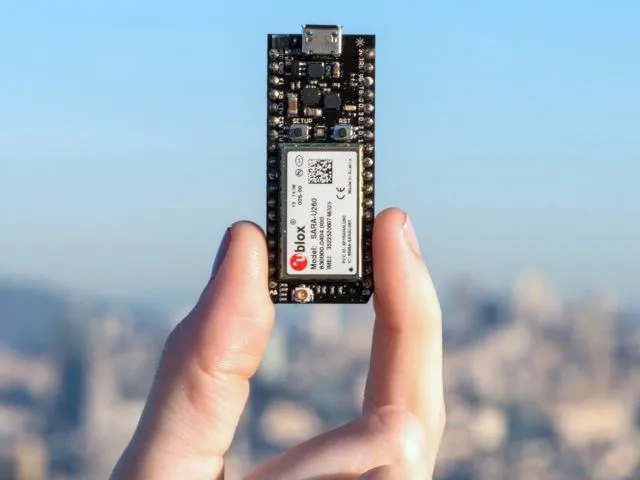
2. Espressif ESP8266 Boards
The portfolio of products from Espressif and AI thinker is the closest thing to particle for use in constructing IoT devices. Since the advent of the ESP8266-01 WiFi chip a few years ago, ESP8266-based chips and boards have become one of the most popular chipsets for WiFi-based IoT devices, originally popular among makers and hobbyists. The Modules are often inexpensive, energy-efficient, and user-friendly. For these and other reasons, hardware designers have grown very fond of them. The ESP chips are highly adaptable, allowing for use as WiFi modules, interfacing with other microcontrollers, or operating independently.
They have minimal footprints and facilitate IoT enabling features like over-the-air firmware updates. Developers may acquire a feel for the board before committing to it in Designs thanks to the availability of Development boards like NodeMCU and various other ESP based third party boards. To cut down on the overall cost of certification after manufacture, ESP8266 boards, like particle boards, already come with FCC and CE certification. With multiple protocols that support the Internet of Things (IoT), including the ESP Touch protocol, the ESP provides one of the most robust, dedicated WiFi interfaces in the industry, allowing the device to connect securely and smoothly to the internet over WiFi networks.
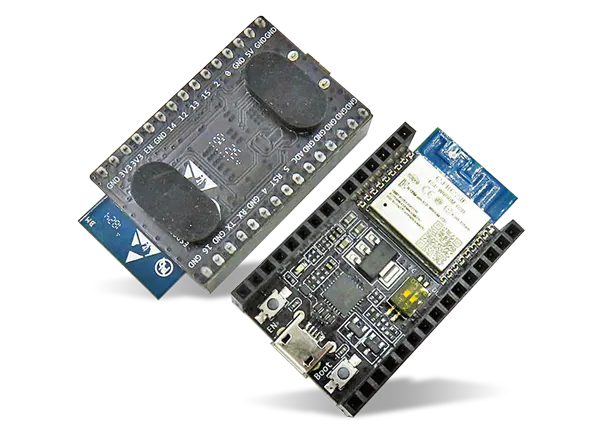
3. Intel IoT Development Boards
It’s no secret that Intel is one of the industry’s foremost powerhouses, thus the company’s recent announcement of a few boards featuring IoT enablement capabilities came as no great shock. Some of the older boards are still in use for quick prototyping by makers and product development by designers, despite the fact that support for these boards has been stopped. The enormous computational power is, of course, a key element of the board. The Intel Edison compute module is quickly becoming one of the company’s most popular boards.
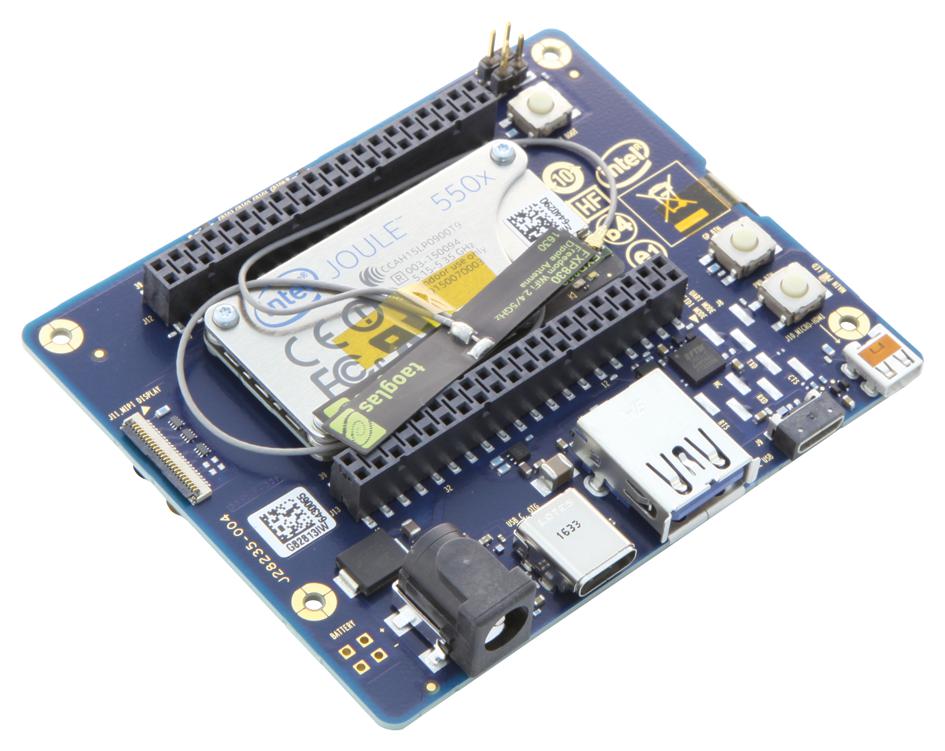
The computing module, as stated on Intel’s website, was created with specialists, creators, and business owners in mind, as well as industrial IoT applications. The module facilitates rapid prototyping for a wide variety of commercial applications where performance is critical. The module is powered by a 32-bit Intel® Quark microcontroller operating at 100 MHz and a dual-core, dual-threaded Intel Atom CPU operating at 500 MHz, both part of a 22 nm Intel SoC. Intel Curie and Intel Galileo boards, along with the module, have been discontinued.Intel’s Up Squared groove IoT Development Kit is currently the most popular IoT hardware development platform due to its focus on meeting the rigorous requirements of industrial IoT applications.
4. Adafruit Range of Development boards
When it comes to online electronics component stores, Adafruit is among the most well-known. In order to facilitate the creation of scalable IoT prototypes, Adafruit recently entered the fray with a specialized line of products, such as the Adafruit feather boards. Adafruit, like particle, offers development boards as well as cloud services for devices, including simple client libraries for all major IoT hardware development platforms, a powerful API, gorgeous Dashboards, and a safe, reliable, and easy-to-use IoT environment. It’s fair to say that Adafruit and Particle’s approaches to product creation are poles apart.Adafruit.io was created with the specific goal of serving the maker movement. This method works wonderfully for creating prototypes. However, Particle has an underlying tone that is more commercial and appropriate for a product.
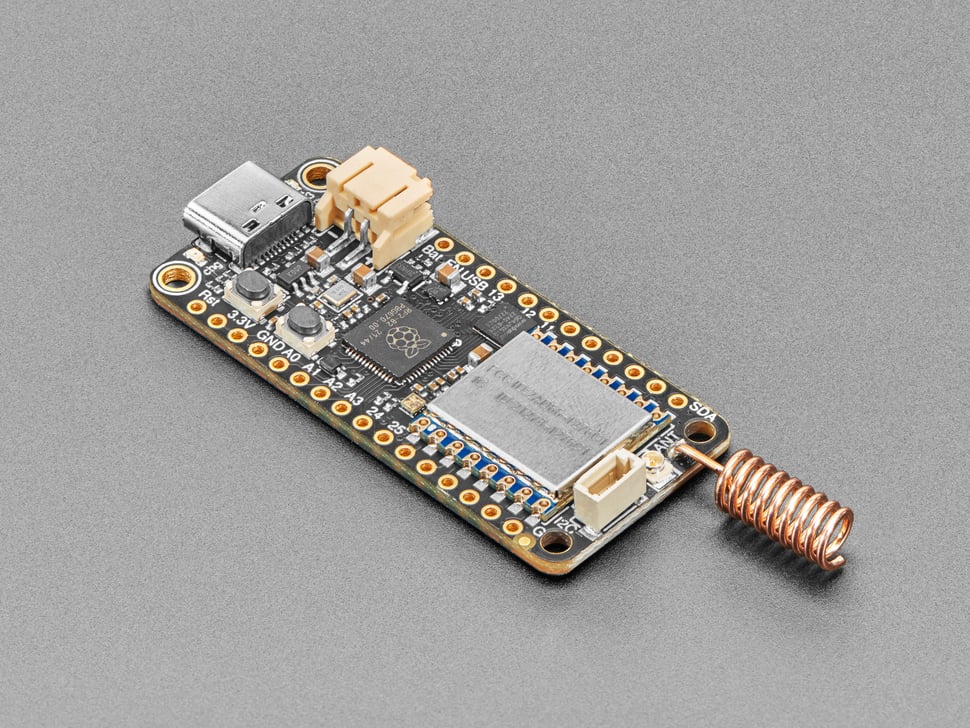
5. Arduino IoT Product Line
In the Internet of Things (IoT) industry, it’s hard to find someone who has never heard of Arduino. Several Arduino boards were used to create prototypes of Internet-enabled gadgets long before the IoT was widely adopted. Many in the hardware industry came to adore Arduino because of how simple it was to program and how easily it could be plugged into existing setups. As the Internet of Things (IoT) began to “Open up,” boards with specialized characteristics that assist the IoT were developed. Initially, Arduino boards were largely general purpose microcontrollers connected to the internet via GSM and WiFi modules. Boards like the MKR1000, Arduino WiFi Rev 2, and the first Arduino board based on an FPGA Chip, the MKR Vidor 4000.
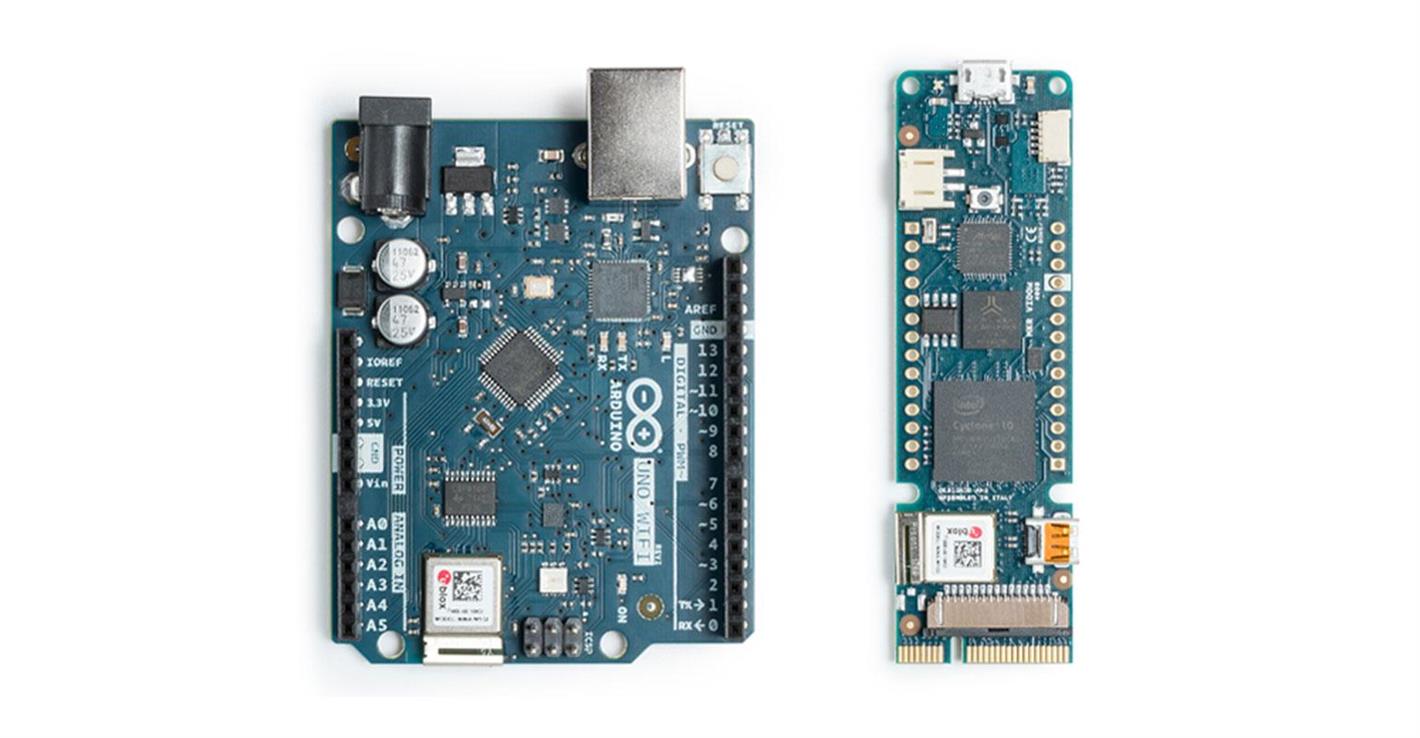
These boards were designed with the Internet of Things in mind, and each one has a unique set of capabilities that make it a better fit for a particular use case. For example, due to the inclusion of an IMU, the Arduino WiFi Rev 2 is well suited for use in drone-based applications.
Arduino, like Adafruit and particle, offers a cloud service designed specifically for use with some Arduino boards. These boards include the MKR1000, Arduino Yun/Yun Shield, and Arduino 101/WiFi Shield 101. The Arduino device cloud (cloud.arduino.cc) provides makers with a quick and easy way to link their project to the internet.
6. The Raspberry Pi
Despite the Raspberry Pi’s versatility, it would be unfair to discount its role in the creation of several trendy Internet of Things (IoT) goods and initiatives. These devices are too powerful and complex to be employed in the creation of simple linked sensors or actuators, but they do find usage as data aggregators, hubs, and device gateways in Internet of Things initiatives. The Raspberry Pi 3 iteration B+ is the most recent iteration of the popular single-board computer, and it is equipped with a Gigabit Ethernet connector through USB 2.0 (maximum throughput 300 Mbps), a 1.4 GHz Broadcom BCM2837B0 Cortex-A53 (ARMv8) 64-bit SoC, 2.4 GHz and 5 GHz IEEE 802.11b/g/n/ac wireless LAN, Bluetooth 4.2, and BLE. The board’s 1GB of LPDDR2 SDRAM makes it quite quick for Internet of Things-based applications, among its many other capabilities, such as its 4 USB ports and Audio output.
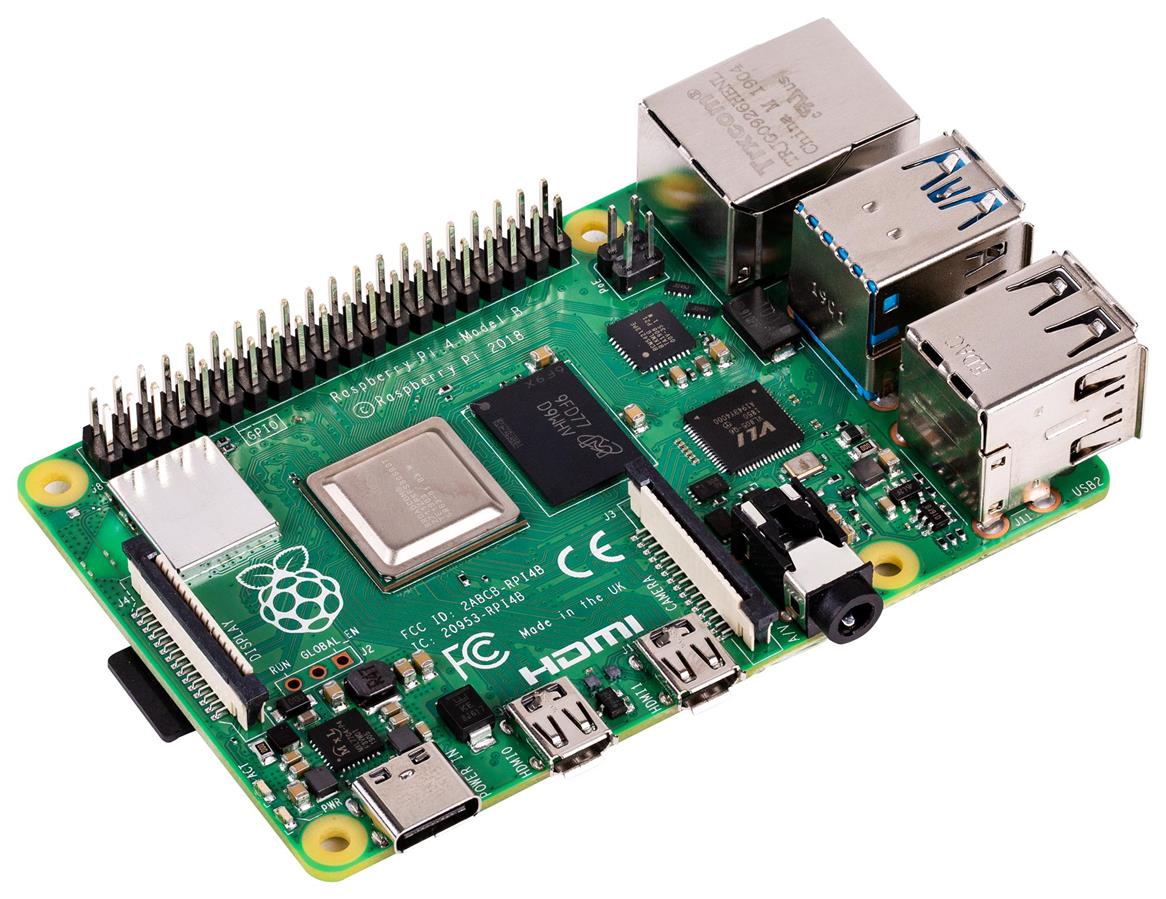
The Raspberry Pi compute module was released to meet the needs of the Industrial IoT community and others who are interested in incorporating the Raspberry Pi into their products. The most recent version, Raspberry Pi compute module 3 (CM 3), integrates the BCM2837 processor, 1GB of RAM, and 4GB eMMC Flash device (equivalent to the Pi’s SD card) onto a 67.6mm x 31mm board that plugs into a standard DDR2 SODIMM connector (the same type of connector used for laptop memory).
Because of this, Raspberry Pi computers can fulfill the needs of gateways and other projects that demand a great deal of processing power.
The good news is that there is a lot of support for development regardless of the platform you choose because they are all open source. Several more platforms, like the Beaglebone, Banana Pi, and the SparkFun range of IoT boards, were listed at the outset, so this is by no means a full list.







